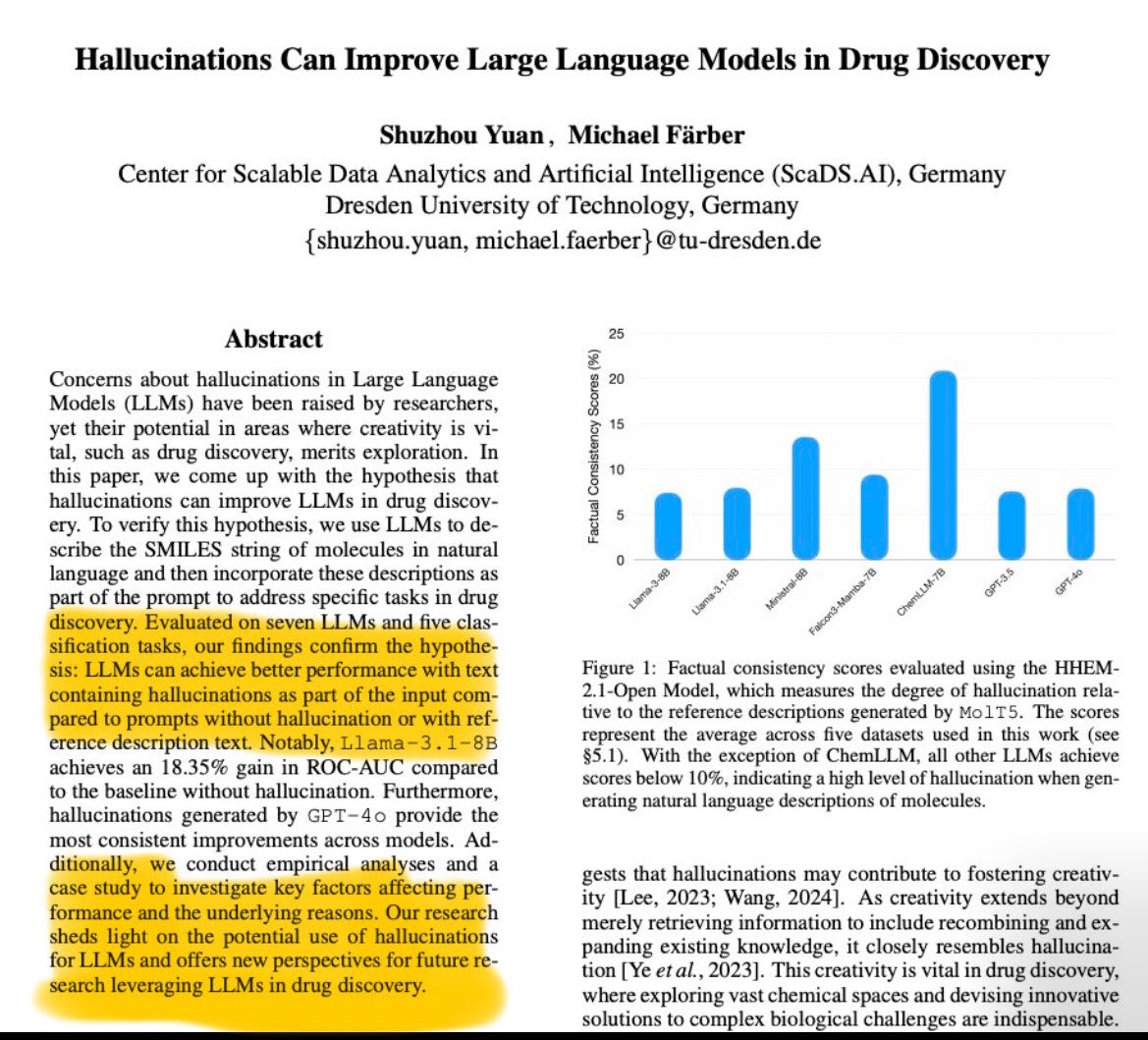I'm working on this red-teaming exercise on gemma, and boy, do we have a long way to go. Still early, but have found the following:
1. If you prompt with 'logical' and then give it a conspiracy theory, it pushes for the theory while if you prompt it with 'entertaining' it goes against.
2. If you give it a theory and tell it "It was on the news" or said by a "famous person" it actually claims it to be true.
Still working on it. Will publish a full report soon!
So I decided to revisit "Machines of Loving Grace" (I enjoy reading it quite a lot I think it lays out a great optimistic future with cautious optimism) and under the Peace and Governance section (see attached screenshots), it hits me Anthropic operates like a think tank. Think about it; they have the best AI safety researchers, and they are doing fantastic work around mech interp research (which I think is really promising), but they tend to be very invested in the "politics" of AI. Another case in point is their submission to OSTP for the US AI Action Plan, particularly p.5, where they discuss the intergovernmental agreements:
Requiring countries to sign government-to-government agreements outlining measures to prevent smuggling. As a prerequisite for hosting data centers with more than 50,000 chips from U.S. companies, the U.S. should mandate that countries at high-risk for chip smuggling comply with a government-to-government agreement that 1) requires them to align their export control systems with the U.S., 2) takes security measures to address chip smuggling to China, and 3) stops their companies from working with the Chinese military. The Department of Commerce’s January 2025 Interim Final Rule on the Framework for Artificial Intelligence Diffusion (the “Diffusion Rule”) already contains the possibility for such agreements, laying a foundation for further policy development.
In as much, it is a great action plan with too many benefits for the US (and by extension the labs) in terms of smuggling; they went overboard because, in my opinion, talking about security measures, for instance, these are more diplomatic issues.

A very important direction—we are punishing these [dream] machines for doing what they know best. The average user obviously wants to kill these "hallucinations," but the researchers in math and sciences in general highly benefit from these "hallucinations."
Full paper here: https://arxiv.org/abs/2501.13824
I watched Sundar's interview segment on CNBC and he is asked about Sora using Youtube data but he appears sketchy and vague. He just says, "we have laws on copyright..."
JailbreakLens: Visual Analysis of Jailbreak Attacks Against Large Language Models (non-peer-reviewed as of writing this)
From the abstract:
Based on the framework, we design JailbreakLens, a visual analysis system that enables users to explore the jailbreak performance against the target model, conduct multi-level analysis of prompt characteristics, and refine prompt instances to verify findings. Through a case study, technical evaluations, and expert interviews, we demonstrate our system's effectiveness in helping users evaluate model security and identify model weaknesses.
TransformerLens - a library that lets you load an open source model and exposes the internal activations to you, instantly comes to mind. I wonder if Neel's work somehow inspired at least the name.
Also, another interesting detail is that PPO still shows superior performance on RLHF testbeds.
Is DPO Superior to PPO for LLM Alignment? A Comprehensive Study
TLDR; a comparison of DPO and PPO (reward-based and reward-free) in relation to RLHF particularly why PPO performs poorly on academic benchmarks.
An excerpt from section 5. Key Factors to PPO for RLHF
We find three key techniques: (1) advantage normalization (Raffin et al., 2021), (2) large-batch-size training (Yu et al., 2022), and (3) updating the parameters of the reference model with exponential moving average (Ouyang et al., 2022).
From the ablation studies, it particularly finds large-batch-size training to be significantly beneficial especially on code generation tasks.


A new paper titled "Many-shot jailbreaking" from Anthropic explores a new "jailbreaking" technique. An excerpt from the blog:
It has me thinking about Gemini 1.5 and it's long context window.